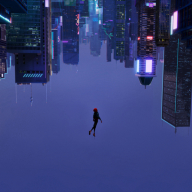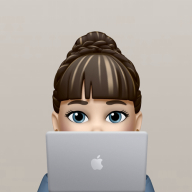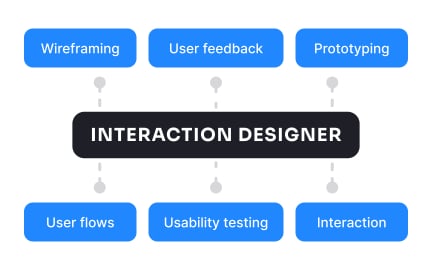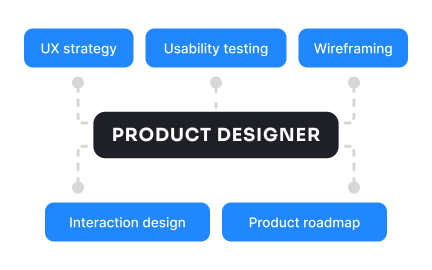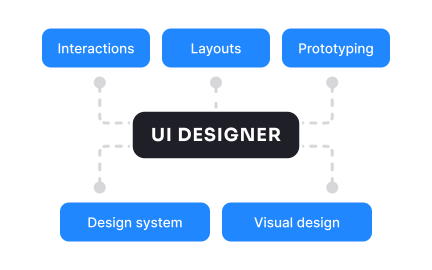Designer
A designer is a professional who solves problems visually and functionally, creating user-centered solutions that balance aesthetics and business goals.
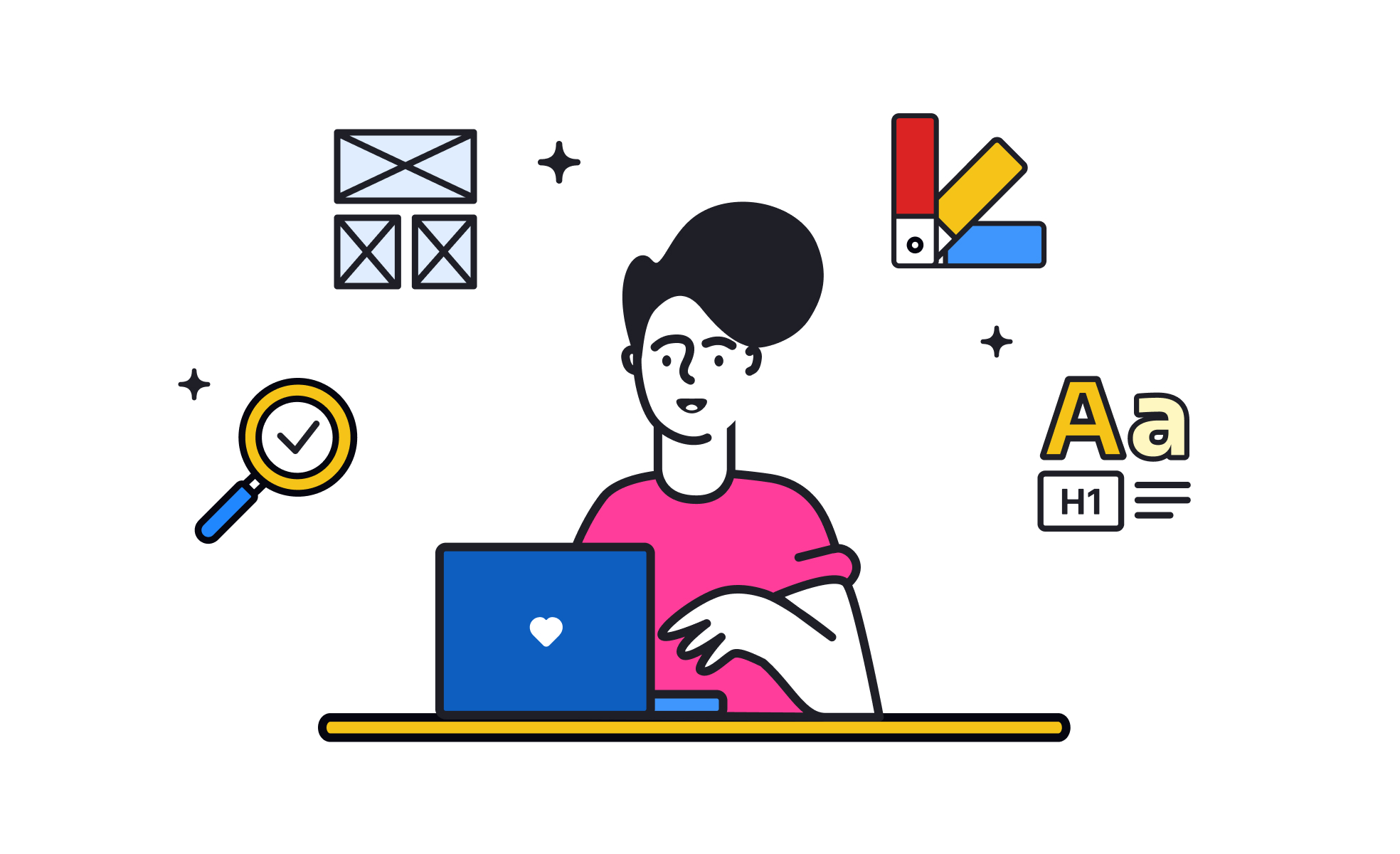
A designer is more than someone who makes things look appealing. In UX and UI design, a designer’s role is to ensure that every visual and interaction choice improves usability and communicates meaning clearly. Designers focus on how users experience a product, whether through an app, website, or physical interface. The goal is to combine creativity with problem-solving, ensuring that users can achieve their goals without confusion or friction.
In product management contexts, designers play a crucial part in translating requirements into tangible experiences. A product manager might define priorities, but it is the designer who creates prototypes, wireframes, and final visuals that bring those priorities to life. Designers also collaborate with developers, ensuring that technical feasibility aligns with the intended experience. This dual role as both creator and collaborator positions the designer at the heart of product development.
The work of designers spans research, ideation, prototyping, and testing. Research helps uncover user needs and motivations, while ideation sessions generate multiple potential solutions. Prototyping allows these solutions to be tested quickly, reducing the risk of wasted development effort. Testing provides feedback, which informs refinement. This cyclical process reflects the iterative nature of design work, where every step builds toward a more effective and user-friendly outcome.
Designers also play a key role in building and maintaining design systems. These systems ensure consistency across products, saving time and reducing errors. In large organizations, designers may specialize; UI designers focus on interface elements, UX designers on user flows, and visual designers on brand expression. Smaller teams often rely on generalist designers who handle every aspect of the product’s look and feel.
Real-world examples show how designers influence both small details and big-picture strategy. A change in button placement can improve conversion rates by double digits, while a redesigned onboarding flow can significantly increase user retention. Designers at companies like Airbnb and Spotify are well known for shaping digital experiences that feel seamless and intuitive, creating trust between users and the product.
Learn more about this in the Common Designer Roles Lesson, a part of the UX Design Foundations Course.
Key Takeaways
- Designers solve problems through visual and functional solutions.
- Roles include UX, UI, visual, and generalist positions.
- Involve research, prototyping, testing, and iteration.
- Collaborate closely with product managers and developers.
- Create and maintain design systems for consistency.
- Influence both small interactions and product strategy.
Designers focus on creating user experiences that are functional, intuitive, and visually clear. Their main responsibility is to translate requirements into tangible, testable, and appealing solutions. Product managers, by contrast, focus on strategy, prioritization, and aligning the product with business objectives.
The two roles are complementary rather than overlapping. When product managers define the "what" and "why," designers define the "how." Strong collaboration between both roles ensures that products are viable, feasible, and desirable.
Not all designers need to code, but technical literacy is increasingly valuable. Understanding the basics of HTML, CSS, or component libraries allows designers to collaborate more effectively with developers and understand implementation constraints.
While visual creativity and problem-solving remain core skills, coding knowledge bridges communication gaps and improves efficiency. Some roles, such as UX engineers, specifically blend design and development to create interactive prototypes and production-ready code.
Designers are moving beyond aesthetics to become strategic contributors. Many organizations now involve designers early in the product lifecycle, leveraging their ability to frame problems and guide innovation.
As tools and processes evolve, designers are expected to master both craft and systems thinking. Their work now spans accessibility, inclusivity, and cross-platform experiences, ensuring that products reach wider audiences and maintain ethical standards.
Recommended resources
Courses

UX Design Foundations

Design Terminology

Common Design Patterns
Lessons

Common Designer Roles

Transition from a Designer to a Design Leader

Who is a Design Leader?
Tutorials

How To Celebrate Failures With Your UX Team

Mastering Looping Scroll Animations in Figma

10 Critical Soft Skills for UX Designers & How to Develop Them
Projects

Bento Grid - SaaS Website Design

Talent searching platform profile page concept


